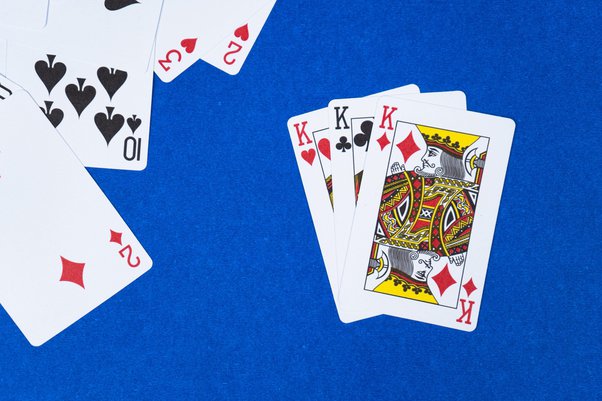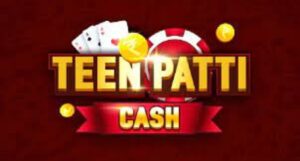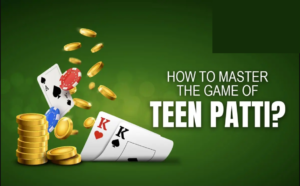The Psychology of Teen Patti: Understanding Your Opponents
Introduction
Teen Patti is a popular card game in India that requires skill, strategy, and a bit of luck. However, winning at Teen Patti is not just about having a good hand; it also involves understanding your opponents and their psychology.
The Importance of Psychology in Teen Patti
Psychology plays a crucial role in Teen Patti. Knowing how to read your opponents’ behavior, facial expressions, and body language can give you an edge over them. By understanding your opponents’ psychology, you can predict their moves, bluff effectively, and make better decisions.
The Types of Teen Patti Players
To understand your opponents better, you need to identify the different types of players in Teen Patti. Here are some common types of Teen Patti players:
The Aggressive Player
The aggressive player is always on the offensive, and their main goal is to dominate the table. They are likely to bet big and raise frequently, making it difficult for other players to stay in the game.
The Passive Player
The passive player is the opposite of the aggressive player. They prefer to play it safe and avoid taking risks. They are likely to fold often and may not bet big even when they have a good hand.
The Bluff Master
The bluff master is skilled at bluffing and often uses this strategy to win games. They are likely to bet big even when they have a weak hand and can fool other players into thinking they have a strong hand.
The Calculative Player
The calculative player is strategic and analytical. They carefully assess the situation before making a move and are unlikely to take unnecessary risks. They are likely to bet big only when they have a strong hand.
How to Identify Your Opponents’ Psychology
To identify your opponents’ psychology, you need to pay attention to their behavior, facial expressions, and body language. Here are some tips to help you read your opponents:
- Observe their facial expressions when they see their cards.
- Notice how they bet and how much they bet.
- Pay attention to their body language, such as their posture and eye movements.
- Look for patterns in their behavior and betting style.
Conclusion
Understanding your opponents’ psychology is an essential part of winning at Teen Patti. By identifying the different types of players and paying attention to their behavior, you can predict their moves, bluff effectively, and make better decisions. So, the next time you play Teen Patti, remember to keep these tips in mind to improve your chances of winning.




